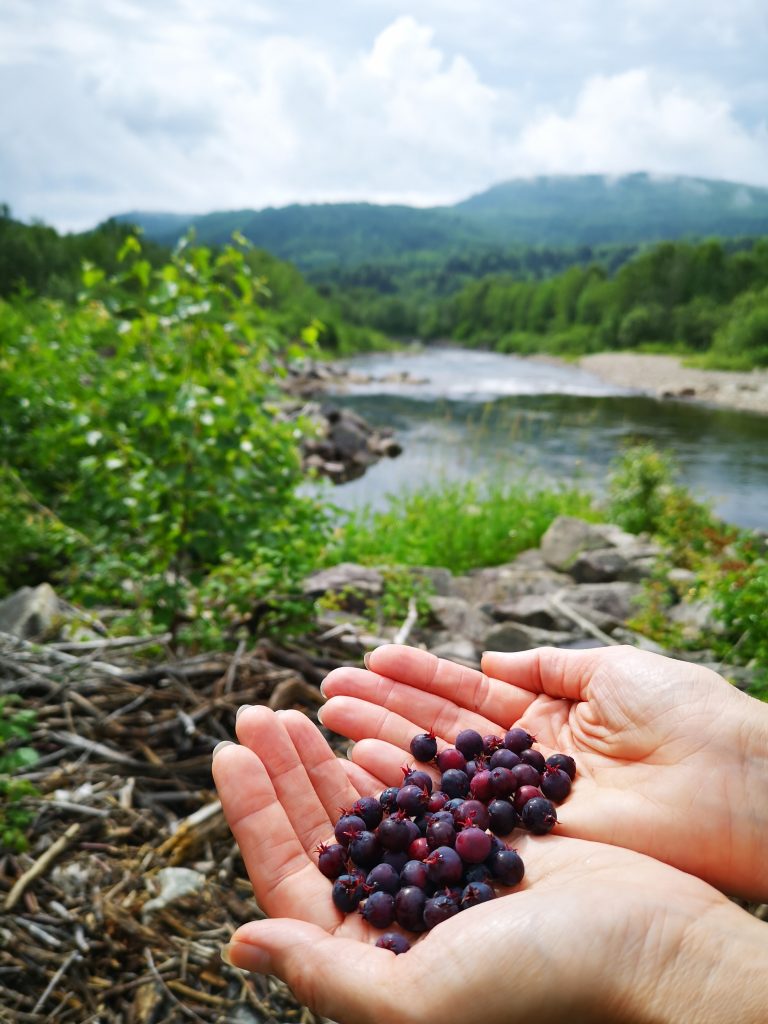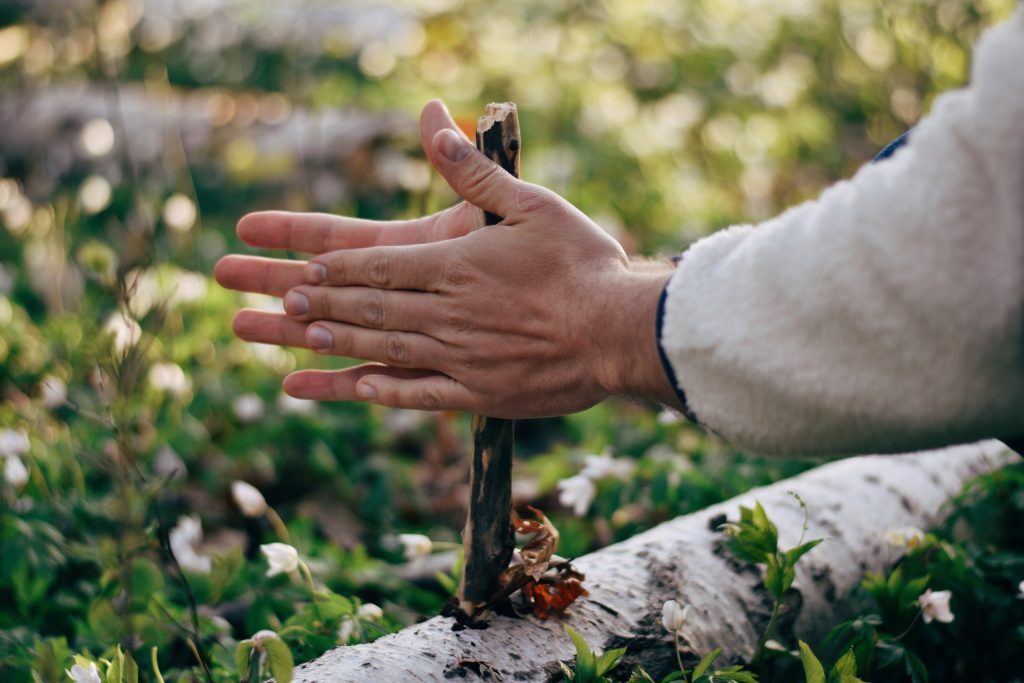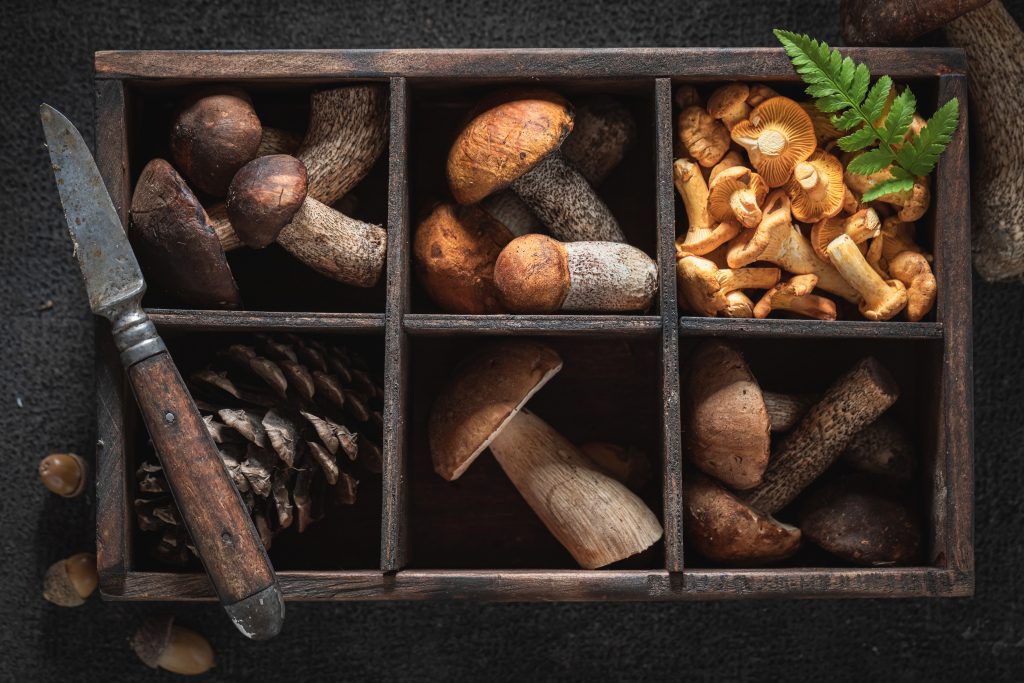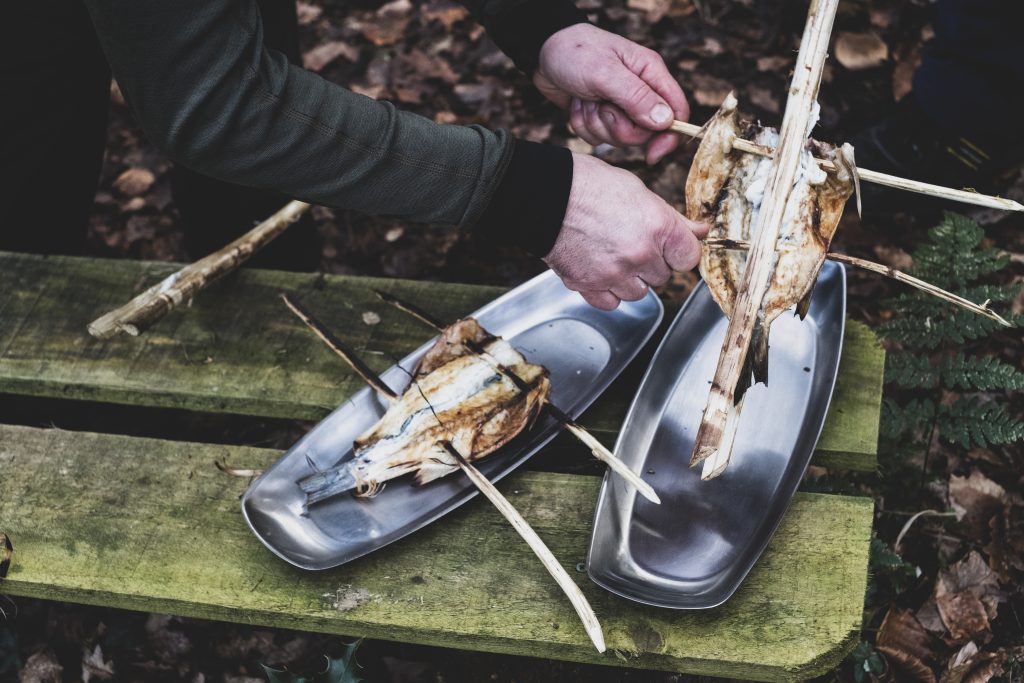Table of Contents
- Inventory and Strategy
- Shelter and water
- Fire and Signaling
- Essential Tools
- Navigation and Communication
- Emergency Preparedness
- Skills and Techniques
- Conclusion
Are you planning a wilderness survival adventure? Before you hit the trails, it’s important to know how to survive in the wild. Whether you’re an experienced hiker or a beginner, knowing how to build shelter, find food and water, start a fire, and navigate through unfamiliar terrain can make all the difference in a survival situation.
In this article, we’ll provide you with essential wilderness survival tips, tools, and guides that can help keep you safe and alive. To prepare for your wilderness adventure, it’s important to have an inventory of necessary items and a strategy for surviving in case of emergency. We’ll cover everything from building shelters using natural resources to starting fires using different techniques.
Additionally, we’ll discuss essential tools such as knives, water filters, first aid kits and communication devices that are crucial for any outdoor trip. With our practical advice on emergency preparedness and skills like navigation and signaling techniques under your belt, you’ll be well-equipped to handle any challenge Mother Nature throws your way.
Inventory and Strategy
So, you’re lost in the wilderness? Don’t panic! Take a deep breath and start by taking inventory of your resources. This will help you make a strategy and plan for survival.
Resource assessment is crucial because it allows you to determine what resources are available to you, what tools you have at your disposal, and what immediate needs must be addressed.
Once you’ve assessed your resources, it’s time to move on to survival planning. Survival planning involves creating a strategic management plan that focuses on addressing the essentials: shelter, water, food, and signaling for help if necessary. You’ll need to prioritize these needs based on your situation and develop a plan that addresses each one effectively.

Strategic management is key when it comes to wilderness survival. It’s important to use your resources wisely and efficiently so that they last as long as possible. For example, if you have limited access to water or food sources, rationing them out may be necessary until help arrives or until you can find additional resources.
Taking inventory of your resources is essential when lost in the wilderness. From there, developing a survival plan with strategic management techniques will increase your chances of staying safe until rescue arrives or until you can make it back home safely.
Remember not to panic and stay calm while assessing your situation – this will allow for clear-headed decision making throughout the entire process.
Shelter and water
Finding shelter and water are crucial for staying safe in the wilderness. Without them, you could be exposed to harsh weather conditions and become dehydrated quickly.
When it comes to shelter, it’s important to know how to build one that can protect you from the elements. There are many different building techniques you can use, such as using natural materials like branches, leaves, and moss to create a sturdy structure. You should also look for natural shelter options like caves or rock formations that can provide protection from wind and rain.
Water is another essential element of survival in the wilderness. However, drinking untreated water can be dangerous as it may contain harmful bacteria or parasites. It’s important to know how to purify water before drinking it. There are several ways to do this, including boiling it over a fire or using a water filter. You can also use natural purification methods like collecting dew or rainwater on clean surfaces such as rocks or leaves.
In addition to finding sources of shelter and water, it’s important to conserve your energy when in survival mode. This means avoiding activities that will cause you to sweat excessively as this will lead to dehydration and fatigue. Instead of hiking during the hottest part of the day, try resting in a shaded area until temperatures cool down later on.
Overall, being prepared with knowledge about building techniques for shelters along with ways of purifying water is essential for surviving in the wilderness. Don’t forget about natural options like caves or rock formations that offer protection from harsh weather conditions too! Remembering these tips will help keep you safe while enjoying all nature has to offer!
Fire and Signaling
To increase your chances of being rescued, you should know how to start a fire and signal for help in the wilderness. Here are some survival fire techniques and signaling devices that can help you stay safe:
- Find dry kindling: Starting a fire requires dry kindling such as twigs, dry leaves, and small branches. Collect them before starting the actual fire.
- Use a fire starter: A fire starter is one of the essential tools for wilderness survival because it can help you start a fire quickly and easily even in wet conditions. A few examples of effective starters include waterproof matches, lighters, ferrocerium rods, or magnesium sticks.
- Build a proper structure: Building an appropriate pyramid-shaped structure using small branches around the base will ensure that your fire gets enough oxygen to keep burning properly.
- Signal for help: If you’re lost or injured in the wilderness, signaling for help can increase your chances of being rescued. Some common signaling devices include whistles, mirrors or reflective surfaces (e.g., CD disc), emergency flares, and smoke signals from campfires.

By having knowledge about these techniques and devices beforehand, you’ll be better prepared to survive if things go wrong while outdoors. Keep them close by when going on outdoor adventures!
Essential Tools
When venturing into the great outdoors, it’s crucial to have the right gear on hand to increase your chances of staying safe and prepared. Quality knives, water filters, and multi-tools are essential tools for wilderness survival that shouldn’t be overlooked.
A good quality knife is an essential tool that can be used for many tasks, such as preparing food, building shelter, and cutting rope. When choosing a knife for wilderness survival, look for one with a fixed blade that’s sturdy and reliable. A dull knife is useless in a survival situation, so make sure to keep it sharp.
Water filters are also a must-have tool for wilderness survival. Drinking untreated water from natural sources can lead to serious illness or even death. A high-quality water filter will remove harmful bacteria and parasites from the water, making it safe to drink.
Multi-tools are another essential tool for wilderness survival. They’re compact and versatile enough to be used for many different tasks such as cutting, sawing, opening cans or bottles, among others. Look for one with a range of functions including pliers, scissors, and screwdrivers.
When heading out into the wilderness, always remember these three essential tools: quality knives, water filters, and multi-tools. They may just save your life in case of an emergency situation where you need to build shelter or start a fire, among other things; so invest in them wisely before setting foot into the unknown terrain ahead of you.
Navigation and Communication
If you want to increase your chances of staying safe and finding your way in the outdoors, it’s important to have a reliable map and compass with you at all times. These tools are essential for wilderness navigation, as they can help you find your way and avoid getting lost. Make sure that you know how to use them properly before heading out on your trip.
In addition to a map and compass, outdoor GPS devices can also be helpful for navigation in the wilderness. These devices use satellite technology to pinpoint your location and provide real-time information about your surroundings. However, it’s important to remember that these devices can fail or run out of battery power, so always bring backup navigation tools.
Communication is another important aspect of wilderness survival. In an emergency situation, being able to signal for help could mean the difference between life and death. Morse code communication is a simple yet effective way to signal for help using sound or light. You can learn Morse code easily online or by practicing with someone who knows it.
Celestial navigation is another skill that can come in handy when navigating in the wilderness. By learning how to read the stars, moon, and sun, you can determine direction even when there are no landmarks around. This technique requires some practice but can be a useful backup if other navigation methods fail.
Overall, having reliable navigation tools and communication skills are critical components of wilderness survival. Whether it’s using a map and compass or learning Morse code communication or celestial navigation techniques, taking time to prepare yourself before heading out into the wild will increase your chances of staying safe and coming back home alive.

Emergency Preparedness
Now that you know how to navigate and communicate in the wilderness, it’s time to focus on emergency preparedness. No matter how experienced you are, emergencies can happen, and being prepared is crucial.
In this section, we’ll discuss some survival gear and emergency kits that can help you stay safe during a disaster. One of the most important things you can do is create an emergency kit. This kit should include items such as food, water, first aid supplies, and shelter materials. Make sure to pack enough supplies for at least three days. You never know when a natural disaster or unexpected event will occur, so having an emergency kit on hand is essential.
When putting together your emergency kit, consider including survival gear such as a multi-tool, paracord, and a waterproof fire starter. These items can be used in various situations and make surviving in the wilderness much easier. Additionally, investing in high-quality gear that performs well in rugged weather conditions is crucial.
Disaster planning is also essential for staying safe in the wilderness. Familiarize yourself with potential hazards such as floods or wildfires in the area before venturing out into the wilderness. Knowing what to expect can help you prepare accordingly and increase your chances of survival.
Being prepared for emergencies is critical when spending time in the wilderness. Creating an emergency kit with necessary supplies such as food and water is vital for staying safe during a disaster. Additionally, including survival gear like multi-tools or waterproof fire starters can make life much easier when faced with unexpected challenges while exploring nature’s beauty. Finally, always remember disaster planning! Understanding potential hazards ahead of time helps increase your chances of making it through unscathed!
Skills and Techniques
To increase your chances of staying safe and alive in the great outdoors, it’s essential to learn several skills and techniques that can help you navigate through challenging situations. Here are a few tips to keep in mind:
- Wilderness foraging: Knowing which plants are safe to eat and how to identify them is an essential skill for wilderness survival. It’s crucial to do your research beforehand and bring a guidebook with you on your trip. Additionally, learning how to hunt or fish for food can provide a sustainable source of nourishment.
- Animal encounters: Encountering wildlife in the wilderness is inevitable, but knowing how to react can make all the difference. Be sure to make noise while hiking so as not to startle any animals, keep food stored away from sleeping areas, and carry bear spray or other deterrents when necessary.
- Water purification: Finding clean water sources in the wilderness can be difficult. Knowing how to purify water through methods such as boiling or using a water filter is crucial for avoiding dehydration and illness.
By practicing these skills before your trip, you’ll be better equipped to handle unexpected situations that may arise during your time in the wilderness.
In addition to these specific skills, it’s also important to have a general understanding of basic survival techniques such as shelter-building, starting a fire without matches or lighters, and navigation using a map and compass. These skills can be invaluable in emergency situations.
Remember that preparation is key when it comes to wilderness survival. Before embarking on any outdoor adventure, be sure to research the area thoroughly, pack appropriate gear (including first aid supplies), and let someone know where you’re going and when you plan on returning. By taking these steps and honing your survival skills, you’ll be able to enjoy all that nature has to offer while staying safe at the same time.

Conclusion
Congratulations! You now have a solid understanding of wilderness survival tips, tools, and guides. Remember that the key to surviving in the wilderness is preparation. Before you embark on any trip, make sure you have an inventory of all necessary equipment and a well-thought-out strategy.
In addition to building shelter, finding food and water, starting a fire, and navigating through the wilderness, it’s essential to have the right tools at your disposal. Knives, fire starters, water filters, and first aid kits can make all the difference in a survival situation. And don’t forget about emergency preparedness – always be ready for unexpected situations.
By honing these skills and techniques and equipping yourself with the right tools and knowledge, you’ll be better prepared to handle any situation that may arise while exploring the great outdoors.
Stay safe out there!


